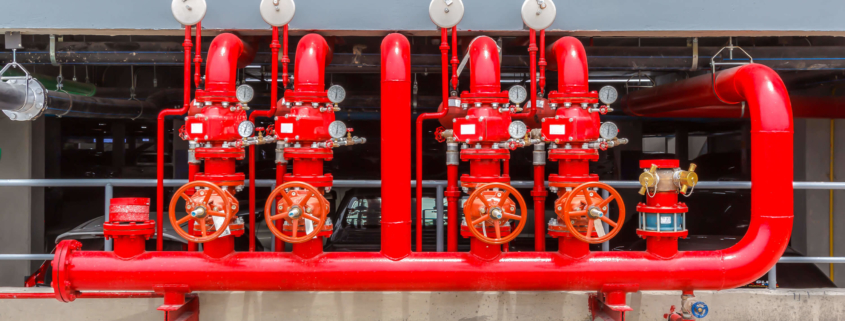This month’s MeshWrx client spotlight features Kidder Mathews, the largest independent commercial real estate firm on the West Coast. Kidder Mathews is a 50-year-old firm with 22 office locations across the west. They provide a comprehensive service offering that includes brokerage, property management, valuation advisory and more. Their market expertise is broad and includes; healthcare, industrial, life science/technology, retail, office, multifamily, and religious and educational facilities.
We spoke with Angela Gomez-Jones (RPA), a senior vice president at Kidder Mathews in their property management division about her decision to migrate customers to MeshWrx. Angela has been instrumental in driving her team to update existing fire alarm monitoring solutions to MeshWrx.
Q: Why Do Clients Choose Kidder Mathews as Their Property Management Firm?
A: Kidder Mathews is the largest independent real estate firm in the West. As an independent firm, we are driven to provide value for our clients. We know that every client has unique investment and ownership objectives and it’s up to us to help them meet those objectives. Our ability to attract and retain clients is directly related to the value we bring. The market for Property Management services is competitive and we set ourselves apart by exceeding our client’s expectations
Q: Why Did You Start Looking for an Alternative Alarm Monitoring Solution?
A: For the past few years, we have become increasingly aware of the fact that traditional phone lines are becoming obsolete. We know that within the next year or so, companies like AT&T will no longer be maintaining this technology. Recently, we have begun to experience more trouble calls related to phone lines at our properties. It’s becoming increasingly clear to us that this problem is only going to get worse.
Q: Why Now? What Were the Driving Factors That Led You to Address This Issue?
A: Our Property Managers are busy people. Every day they address a wide variety of issues that can occur at one of their properties. As a Senior VP, I want to make sure that my team is focused on delivering the best possible service to our owners. We’ve seen a significant increase in trouble calls associated with faulty phone lines connected to our fire alarm panels. As an integral part of the life safety systems at our properties, addressing these trouble calls is a high-priority for my team. I realized there were spending too much time scheduling service calls and trying to get the phone companies to resolve the problem and I didn’t want this to impact their ability to focus on other issues at the properties.
Q: What Were the Key Criteria That Led You to Choose MeshWrx for Fire Alarm Monitoring Solution?
A: I wanted a long-term solution that would meet the following criteria:
- Increased Reliability — Kidder Mathew’s Property Managers were spending too much time responding to trouble calls and dealing with nuisance issues related to the unreliability of the phone lines. I wanted a solution that was reliable and stable and would allow them to focus on more important issues related to managing their client’s properties.
- Improved Performance — If we are going to implement a new technology, I expect it to out-perform the existing system. I wanted a system that is better than what we have.
- Cost Savings — “An investment in new technology should yield cost-savings and provide an increase in value for our clients. Any investment in new technology should generate a significant ROI to our property owners.”
Q: What Made You Believe MeshWrx’s Solution Would Align With Your Core Values?
A: I have been in the property management business for years and thought I knew all of the solutions available in the marketplace. I was approached by Brandon Carlton, a MeshWrx representative, who introduced me to MeshWrx and their mesh technology solution. I learned that Mesh technology is “smart radio” technology that was originally designed for military applications and is still used by first-responders today. The “smart radio” technology is faster and more reliable than other solutions available in the marketplace
Q: How Has the Decision to Implement the MeshWrx Solution Impacted Your Clients?
A: MeshWrx proposed that Kidder Mathews begin converting their clients existing fire alarm monitoring systems that rely on phone lines to their mesh radio system. MeshWrx installs their intelligent radio device to the customer’s existing fire panel which eliminates the need for expensive and unreliable phone lines.
“Eliminating the phone lines saves our clients more than $1500 each year from what they were paying. The MeshWrx solution included the mesh radio connection and monthly alarm monitoring for the low price of only $80 per month. MeshWrx also installed their system at no cost making it easy to switch with no out-of-pocket expenses. Compared to other solutions we looked at, MeshWrx saved our property owners thousands of dollars. It’s not often that we can bring a new technology that is more reliable, performs better and with no out-of-pocket expenses to our customers!”
For more information on the MeshWrx solution, check out our Technology here.
















